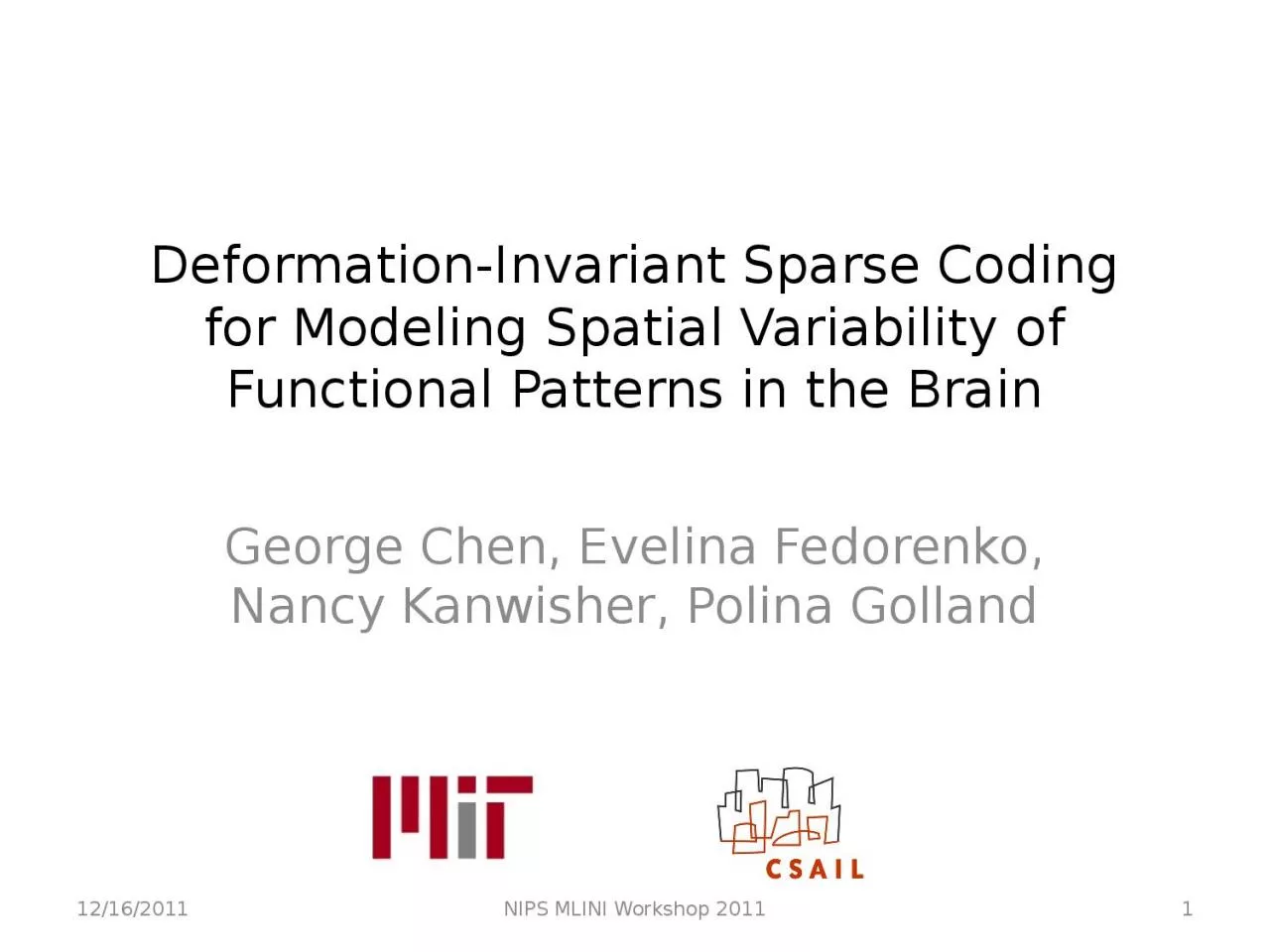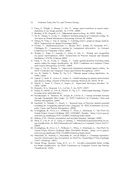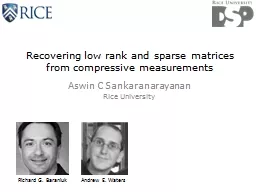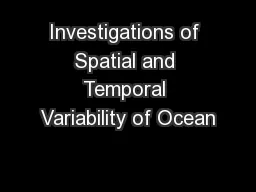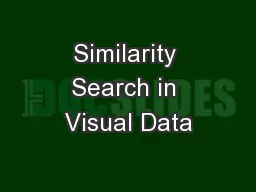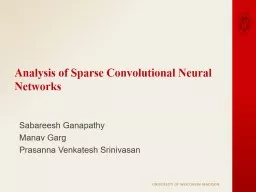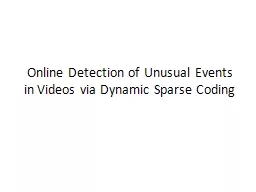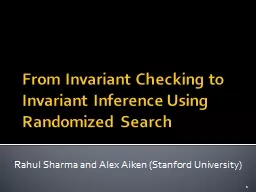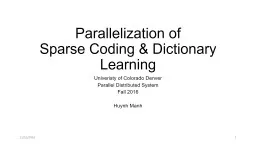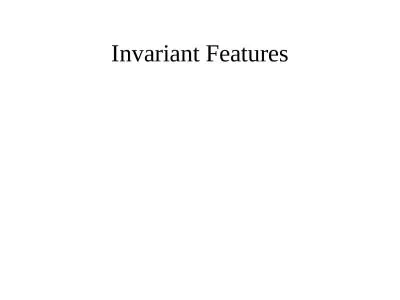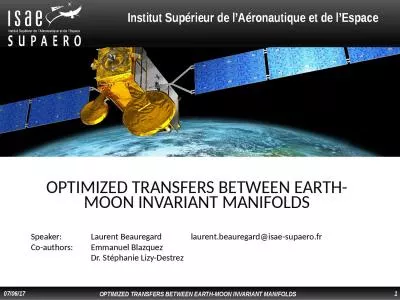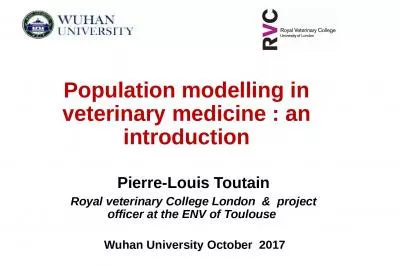PPT-Deformation-Invariant Sparse Coding for Modeling Spatial Variability of Functional Patterns
Author : zoe | Published Date : 2024-03-13
George Chen Evelina Fedorenko Nancy Kanwisher Polina Golland 12162011 NIPS MLINI Workshop 2011 1 Talk Outline Finding correspondences between functional regions
Presentation Embed Code
Download Presentation
Download Presentation The PPT/PDF document "Deformation-Invariant Sparse Coding for ..." is the property of its rightful owner. Permission is granted to download and print the materials on this website for personal, non-commercial use only, and to display it on your personal computer provided you do not modify the materials and that you retain all copyright notices contained in the materials. By downloading content from our website, you accept the terms of this agreement.
Deformation-Invariant Sparse Coding for Modeling Spatial Variability of Functional Patterns: Transcript
Download Rules Of Document
"Deformation-Invariant Sparse Coding for Modeling Spatial Variability of Functional Patterns"The content belongs to its owner. You may download and print it for personal use, without modification, and keep all copyright notices. By downloading, you agree to these terms.
Related Documents

